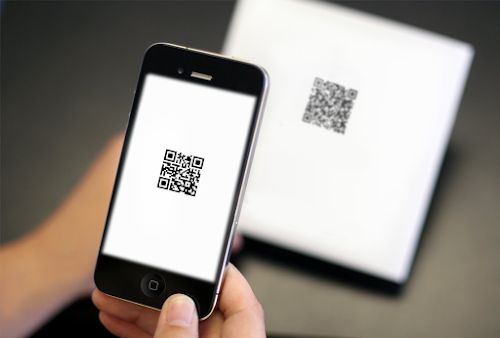We use
SMS as a means of communication in our day to day life. We receive or send
important SMS through our phones. So in this article let's understand how SMS
is sent & received between our phones.
What is
an SMS?
SMS
stands for Short Message Service. It is simply a way of communication and
sending important messages. The "short" part refers to the
character limit of an SMS which is 160 character. For other languages such
as Chinese, it is 70 characters.
How
Does SMS Work? How do we receive SMS to our phones?
Even if
you are not talking or calling through your phone it is still constantly
sending & receiving information. The phone is talking to the tower
over the pathway called a control channel. The reason for this
chatter is so that the cell phone system knows which cell your phone is in, and
so that your phone can change cells as you move around. Every so often, your
phone and the tower will exchange a packet of data that lets both of
them know that everything is OK.
Your
phone also uses the control channel for call setup. When someone tries to call
you, the tower sends your phone a message over the control channel that tells
your phone to play its ringtone. The tower also gives your phone a pair of
voice channel frequencies to use for the call.
The
control channel also provides the pathway for SMS messages. When a friend sends
you an SMS message, the message flows through the SMSC(Short Message service
center), then to the tower, and the tower sends the message to your phone as a
little packet of data on the control channel. In the same way, when you send a
message, your phone sends it to the tower on the control channel and it goes
from the tower to the SMSC and from there to its destination.
The
actual data packet also contains little things like a time stamp, the
destination phone number, the format of message etc.
Stay
Tuned For More Updates & Allow Updates to get Notified Whenever I Post a
New Update





Comments
Post a Comment